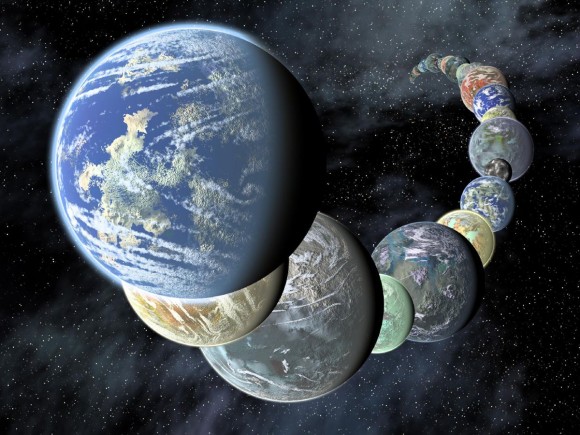Despite the drop in federal funding this year, NASA has some upcoming programming that will give life to the administration and American space exploration. Curiosity, Opportunity, and the Voyager spacecrafts are alive and well, but NASA announced plans for a planet-searching satellite and an ISS experiment to study neutron stars this weekend. Earlier this week, President Obama also promoted a 2021 mission to harness a small asteroid for landing.

2017 will be an exciting year, as the two projects announced this weekend are planned to be launched then. The Transiting Exoplanet Survey Satellite, or TESS, will scan stars for planets by tracking when said planets transit in front of the stars. TESS will cover 400 times more sky than any other mission, and it will focus on planets that reside in the “habitable zone,” which is the distance from a star where temperatures for liquid water would exist. Funding will also go toward the Neutron Star Interior Composition Explorer, or NICER; as the name suggests, the addition to the ISS would track X-ray timing to learn more about the matter within neutron stars. Combined, the two projects run at about $255 million.
In 2021, NASA also hopes to capture a 25-foot asteroid for a spacewalk mission, which was originally slated for 2025. President Obama plans to include $100 million in the 2014 budget to fund finding a suitable asteroid to lasso and drag into lunar orbit, where Orion space capsules would bring astronauts for exploration. Scientists ensure that having an asteroid that close would not be of harm to Earth because it would burn up entirely on reentry; in comparison, the meteor that streaked through the Russian sky in February was between 50 and 65 feet long.
The latter would certainly cost a pretty penny – current estimates are around $2.4 billion with the money from the 2014 budget – but space exploration and other scientific activities are vital to the success of our country and society. Projects like these provide jobs to many people, from clerical staff to engineers, and the technology built for space use has become engrained in our daily lives, including the manner in which you’re reading this post.
So rock on, NASA. I look forward to your future endeavors.






